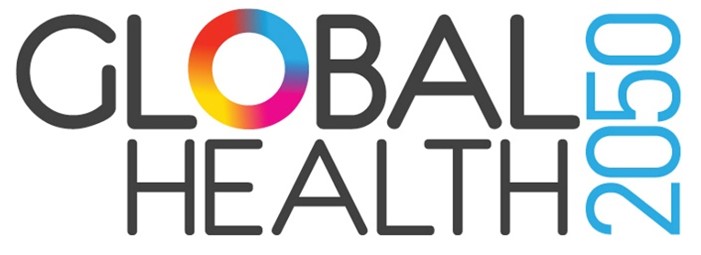Challenges and Opportunities in the Post-COVID World
A third report from the CIH (CIH 3.0), “Global health 2050: the path to halving premature death by mid-century” (GH2050), assessed these challenges—as well as opportunities for investment in health in the post-COVID era. It extended the time frame under consideration from 2035 to 2050. It also doubled the authorship to 50 authors, with strong representation of scholars in low- and middle-income countries. The CIH 3.0 report was launched at the World Health Summit in October, 2024, in Berlin, Germany.
The Lancet published a commentary written by members of the CIH 3.0 Advisory Committee.
